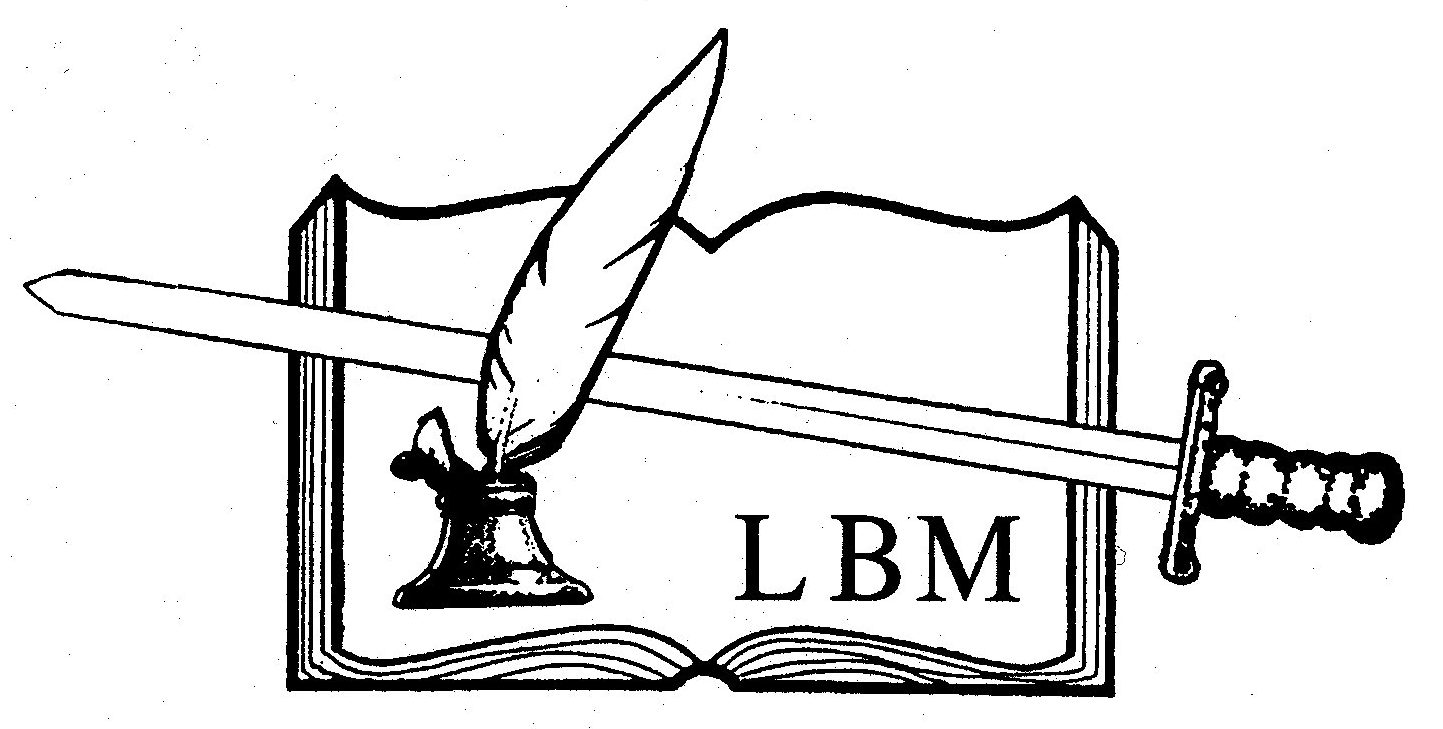This is the first part about For Profit Companies and with a second about Not For Profit Corporations focused on avoidance of claims reaching personal or other entities’ assets. Business owners who are incorporated or LLCs or considering those protections need to know the rules. So do individuals who are Officers, Directors, or Volunteers of Not for Profit Corporations.
What is the Corporate Shield (or Veil)?
If properly advised, a single business or one with separate locations or activities can be set up with one or more separate corporations or LLCs for each. This is to protect the entities each from the claims against another and to protect the owners’ personal assets, home, car, savings from a law suit against the business(es). This is the Corporate Shield. Each “entity” may have a many similarities (names, directors, shareholders/members, reside in the same building, etc…). Nonetheless, they are set up as different legal persons to separate potential liabilities from each other and from the owner(s). One of the basic tenets of corporate common law is that corporations – not withstanding their relationships – are ordinarily regarded as separate and distinct entities. Scott v. NG U.S. 1, Inc., 450 Mass. 760, 767 (2008)
Why and how do creditors try to “pierce the corporate veil?”
Creditors convince a court to pierce the shield in order to reach assets that can’t normally be touched, those owned by an individual or some related company, to pay a debt owed by a company that fails certain tests. A court usually will not allow this, unless there is fraud or some other improper purpose involved. Courts in Massachusetts, will look at the following 12 factors, but can make a decision based on only some of them:
(1) common ownership of related businesses;
(2) overriding control of sister companies;
(3) confused intermingling of business activity, assets, or management;
(4) thin capitalization (inadequate funding of the business);
(5) non-observance of corporate formalities;
(6) inadequate corporate records;
(7) no payment of dividends;
(8) insolvency at the time of claim;
(9) bleeding of assets by shareholder(s)/member(s);
(10) non-functioning of officers and/or directors;
(11) misuse of the company for improper purpose of owners; and
(12) promoting fraud – “some fraudulent or injurious consequence”
My Bread Baking Co. v. Cumberland Farms, Inc., 353 Mass. 614 (1968).
Even if some of these 12 mistakes are made, a Court will not allow the corporate veil to be pierced unless the injured party shows some connection between its injury and the parent’s improper manner of doing business.
So, what you should do? What can you do? Try remembering these best practices.
- Honesty
- Most claims involve some form of fraud or wrongful conduct so honesty really is the best policy.
- Keep Good Records
- Missing records is one of the 12 factors. There should be written agreements for arrangements between sister entities for the use of resources. Use proper accounts.
- Make Sure Your Employees Know their business
- Employees should know their roles, their entity, why to keep records separate.
- Observe Corporate Formalities
- Each entity should have regular meeting/ minutes, have officers sign docs as such.
- Be sure that Directors Have Overall Control and Officers Day to Day Authority, following roles set in the operative docs: Bylaws or Operating Agreement and have votes for authorizing unusual actions.
- Update old Bylaws and Articles*
- Avoid Mingling Assets
- Make Sure the Public sees the Differences.
- Customers and vendors should know the differences know that there are separate entities.
*If you have not amended your pre-2003 Articles of Organization to Take Into Account Chapter 156D, the comprehensive “new” 2003 comprehensive Massachusetts Business Corporation Act, including protective language for reimbursement of directors and officers for certain claims, be sure to see a business attorney like Attorney Morse.

This does look pormsiing. I’ll keep coming back for more.
Thank you. So glad to have your encouragement as a new blog writer it makes it so rewarding.
Thank you. I appreciate your reading my new blog
hey friend, i liked your article so much i even bookmarked it here. cheers.